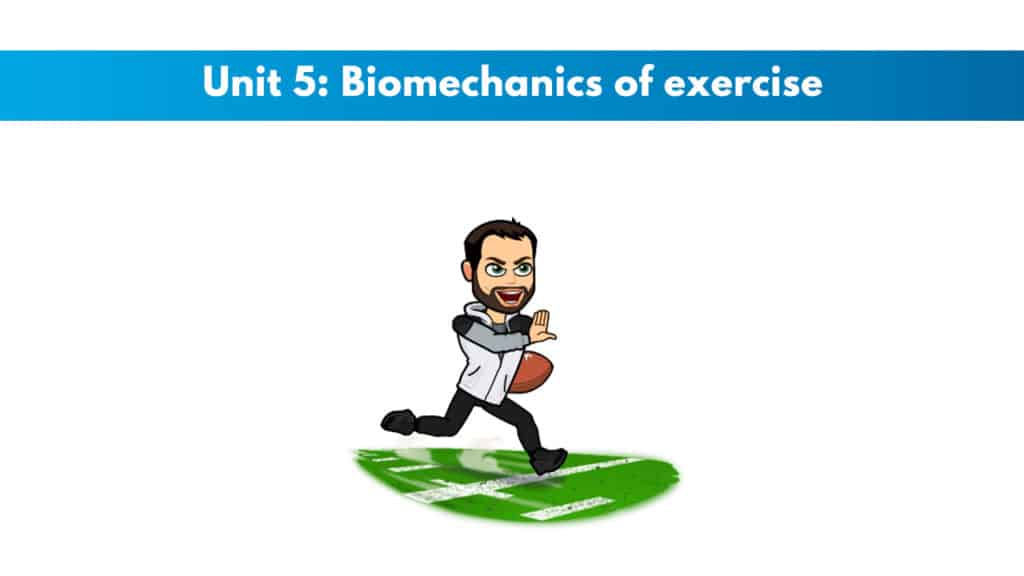
If you have not yet signed up for the ISSA CPT certification, receive a big discount here.
Get your copy of the ISSA CPT exam cheat sheet.
It helps immensely in your ability to study for the ISSA test. This PDF printable one-page sheet gives you a breakdown of the skills and knowledge candidates need to pass the exam.
My PTP students report cutting their ISSA study time and effort in half with Trainer Academy.
Benefit from the Exam Pass Guarantee and Retake Fee Guarantee. Plus, take advantage of my current discount code PTPJULY for 45% off the MVP Program (Ends July 14th, 2025).
Try it out for free here to see if it’s right for you, or read my detailed review for further insights.
Exclusive PTP CPT Offers |
||
|---|---|---|
Most Popular Cert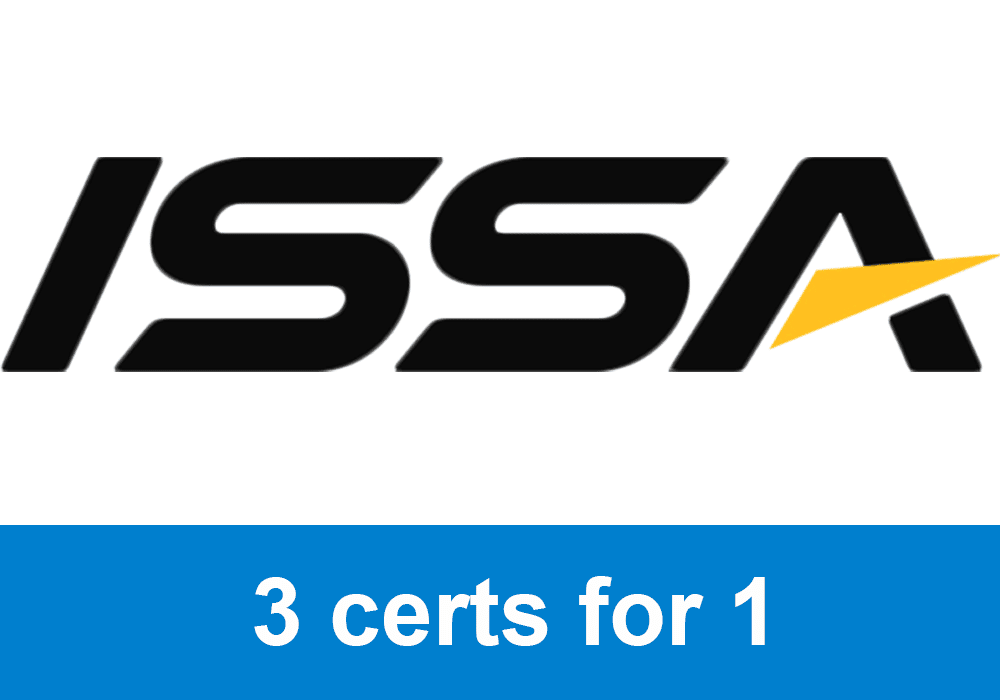 | Best Online NCCA Cert | Best Study Materials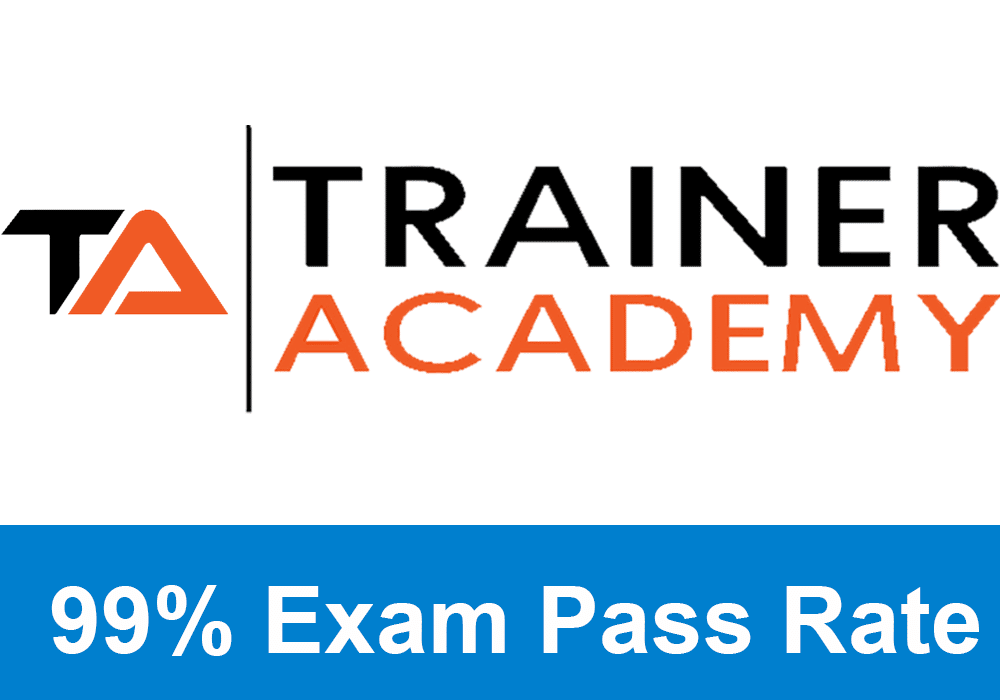 |
Gold Standard Cert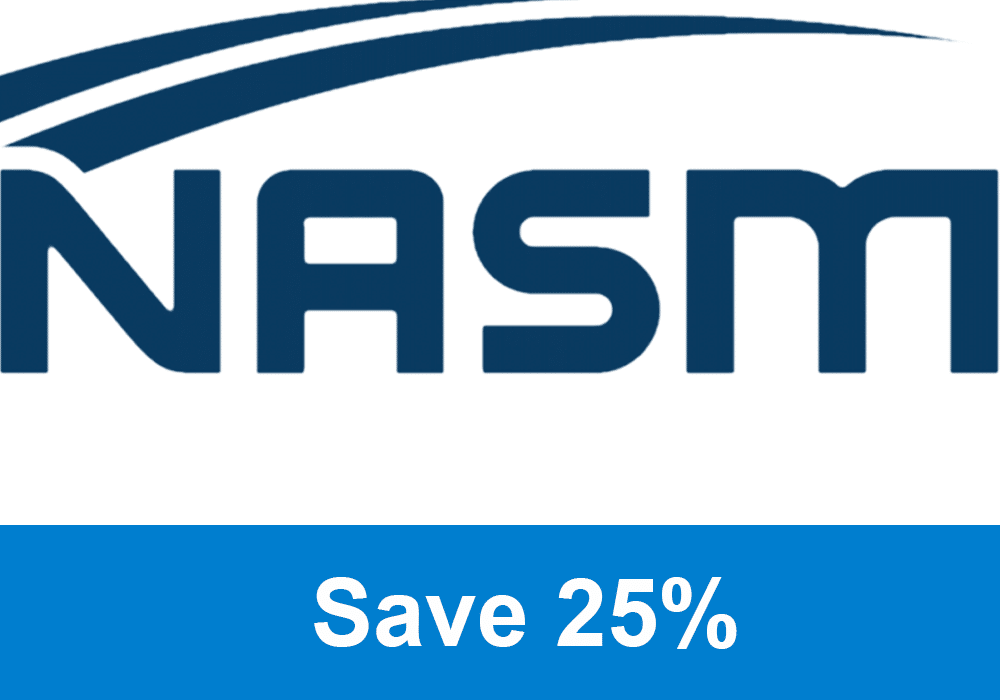 | A Good Option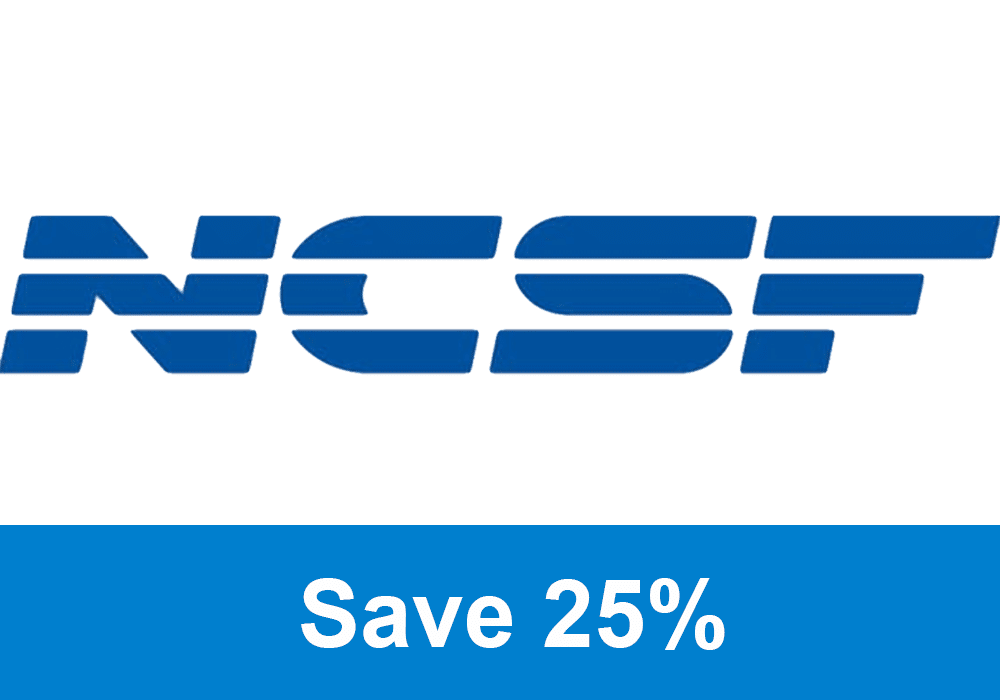 | Best CPT for you? 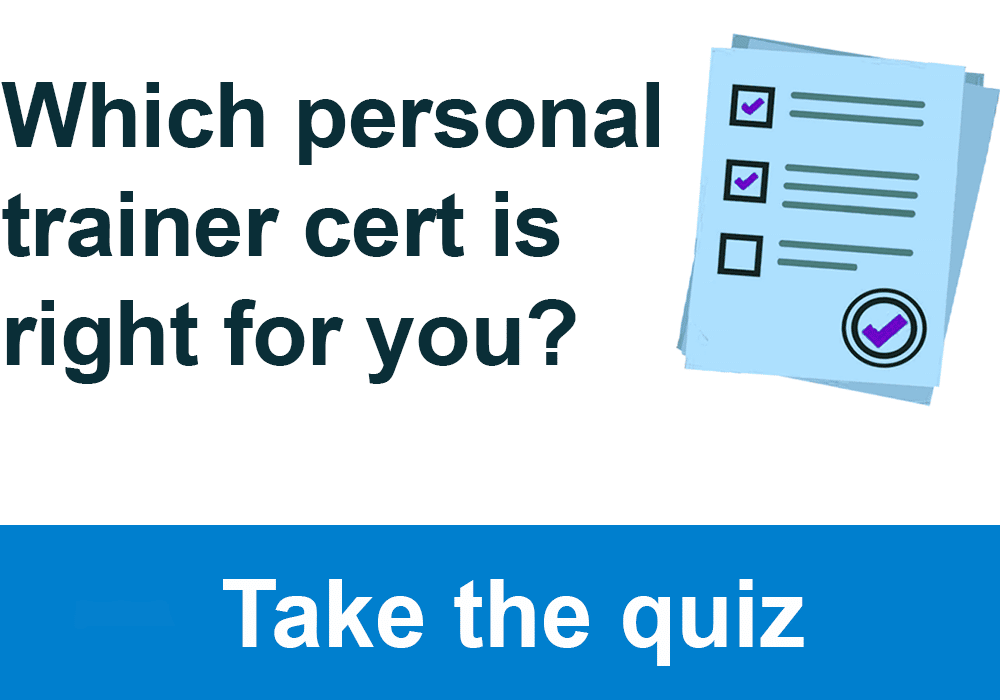 |
1: What is “biomechanics?”
Biomechanics is the scientific system of movement as it relates to musculoskeletal action.
2: Describe the fundamental principles of stability
Stability is the ability to maintain a balanced state and control the body through movement as desired
The larger the base of support, the greater the stability
The lower the center of mass/gravity, the greater the stability
3: What is the correct foot position and weight assignment during these exercises:
- Back squat: Shoulder width apart
- Bench press: feet under hips, weight on the forefoot
4: Name and describe the 4 elements of force. Describe the angle of muscle pull
- Magnitude: the amount of force applied
- Direction: the trajectory of application from start to end
- Point of application: the area where force is applied
- Line of action: the path from an application that indicates the direction of the force.
5: Describe Newton’s first law of motion
A physical object’s state of motion or motionlessness remains constant unless an external force is applied (inertia)
6: Describe the difference between resting and moving inertia?
Resting inertia is a resting object’s resistance to change unless influenced by force. Moving inertia is a moving object’s resistance to changing speed and direction unless influenced by force.
7: Describe what is meant by “range of motion.” What is its significance
The capacity of movement of a joint from full flexion to full extension. ROM determines flexibility and optimal technique
Exclusive PTP CPT Offers |
||
|---|---|---|
Most Popular Cert | Best Online NCCA Cert | Best Study Materials |
Gold Standard Cert | A Good Option | Best CPT for you?  |
8: Describe Newton’s second law of motion as it relates to mass and acceleration
Force is produced by accelerating a mass through a change in velocity
9: Explain “work” and how it is applied in an exercise
Work is defined as the amount of force over a given distance
10: Define “power” and how it is used in a weight training exercise
Power is the amount of force over a given period of time
11: Describe Newton’s third law of motion
For every action, there is an equal and opposite reaction
12: Describe a lever about the body
A lever is a bone that turns about the rotational axis of a joint
13: Name and describe the three levers in the body and give an example of each
- First-class lever: fulcrum is placed at the center of the lever making each end equidistant. Force and load are placed at opposite ends. e.g., the head and top of the C-spine
- Second class lever: fulcrum is placed closer to one end of the lever. Force is applied furthest away from the fulcrum, and load is placed between force and fulcrum: e.g., rising on one’s forefoot
- Third class lever: fulcrum is placed on one end of the lever while both force and load interact on the same point on the other end. E.g., shoulder, and forearm.
14: Describe 2 muscular-structural arrangements in the body and give examples of each about different joints
- Pulley System: Lat pull-down, shoulder joints
- Wheel and axle: throwing motion, shoulder joints
15: Define torque about exercise
The magnitude of the rotational force of a lever about a fulcrum. E.g., the force generated by muscle contraction about a joint by an extremity.
16: Define gravity about exercise
Force applied per unit of mass. Free weights create downward resistance.
17: How can maximum resistance be applied when using free weight?
By adjusting the body to allow maximum movement potential of the weight.
18: Explain the “center of gravity” and describe how it correlates to the movement
The center of gravity is the point of equal distribution of force due to gravity and is influenced by the base of support, mass, height, position, and state of motion of the body. The center of gravity influences passive stability.
19: What is the ideal position of the line of gravity when doing strength exercises?
The line of gravity should form a dividing line between the base of support.
20: Describe the correlation between kinesthesis and vision
Kinesthesis is your ability to recognize your body’s and body parts’ placement in your immediate environment and the objects that occupy it (also known as spatial awareness). Vision is the ability to guide your positional awareness through visual reference points. Vision creates the raw data necessary for Kinesthesis.
If you want assistance wrapping your head around this material, make sure to check out Trainer Academy for some awesome ISSA study materials. They have Practice tests, flashcards, audio study guides, and much more.

 Have a question?
Have a question? 



Tyler Read
PTPioneer Editorial Integrity
All content published on PTPioneer is checked and reviewed extensively by our staff of experienced personal trainers, nutrition coaches, and other Fitness Experts. This is to make sure that the content you are reading is fact-checked for accuracy, contains up-to-date information, and is relevant. We only add trustworthy citations that you can find at the bottom of each article. You can read more about our editorial integrity here.